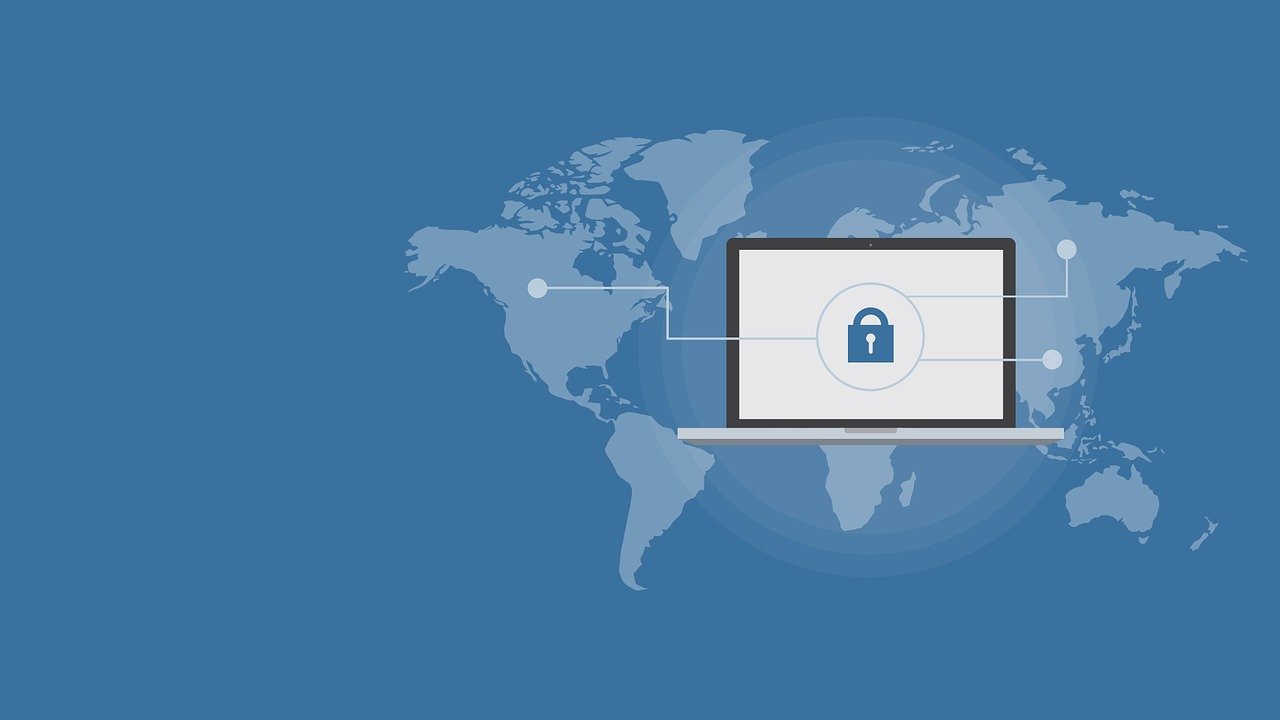The Importance of Cybersecurity Reviews
Performing cybersecurity reviews is crucial for maintaining a secure network environment. These reviews involve comprehensive assessments of the network architecture, access controls, data protection measures, and existing security policies. By systematically evaluating these aspects, organizations can identify vulnerabilities, assess compliance with regulatory requirements, and strengthen their overall cybersecurity posture. The insights gained from these reviews enable informed decision-making to mitigate risks, enhance security controls, and ensure the confidentiality, integrity, and availability of critical assets within the network infrastructure. Regular cybersecurity reviews are essential in proactively addressing emerging threats and safeguarding against potential cyber-attacks.
Below, we describe the steps, requirements, and expectations for conducting these reviews:
Preparation
Identifying all relevant stakeholders from IT, security, and business departments involves collaborating with individuals vested in the network’s security and its impact on business operations. Stakeholders may include:
- IT Department
- Network administrators
- System administrators
- IT support staff
- Application developers
- Security Department
- Chief Information Security Officer (CISO)
- Security analysts
- Network security specialists
- Business Departments
- C-suite executives (CEO, CFO, CIO)
- Operations managers
- Compliance officers
- Legal representatives
Engaging these stakeholders ensures a comprehensive understanding of technical and business requirements, allowing for a more holistic approach to cybersecurity reviews. It also facilitates collaboration between different areas of expertise to address potential security vulnerabilities while aligning with broader organizational goals.
Obtaining necessary documentation related to network architecture, access controls, data protection measures, and existing security policies involves acquiring the following key documents:
- Network Architecture
- Network diagrams
- Inventory of network devices and systems
- Network topology documentation
- Access Controls
- User access policies and procedures
- Role-based access control (RBAC) frameworks
- Access control lists (ACLs) for network devices
- Data Protection Measures
- Data classification policies
- Encryption standards and protocols in use
- Data loss prevention (DLP) strategies
- Existing Security Policies
- Information security policy documents
- Acceptable use policies
- Incident response plans and procedures
These documents provide insight into the network’s design, security mechanisms, and adherence to established policies. Reviewing them is essential for understanding the current state of cybersecurity measures and identifying areas for improvement or potential risks within the network environment.
Assessment
Conducting vulnerability scanning and penetration testing is essential to identify potential weaknesses in the network. Vulnerability scanning involves using automated tools to systematically discover and analyze security vulnerabilities within the network infrastructure, such as misconfigured devices or outdated software. On the other hand, penetration testing simulates real-world cyber-attacks to identify exploitable weaknesses and assess the effectiveness of existing security controls. By utilizing these methods, organizations can proactively detect and address vulnerabilities, ultimately bolstering the overall resilience of their network against potential threats.
Reviewing existing security controls involves assessing the effectiveness and robustness of measures such as firewalls, antivirus software, intrusion detection systems, and access management protocols. It requires thoroughly examining configurations, rule sets, and policies to ensure they align with best practices and provide adequate protection against evolving cyber threats. By meticulously evaluating these elements, organizations can make informed decisions about necessary enhancements or adjustments to strengthen their security posture and mitigate potential risks effectively.
Compliance Check
Ensure the network infrastructure complies with industry standards (e.g., ISO 27001, NIST) and legal regulations (e.g., GDPR, HIPAA).
Verifying compliance with industry standards, such as ISO 27001 and NIST, as well as legal regulations like GDPR and HIPAA, is essential to ensure that the network infrastructure meets the requisite security and privacy requirements. Meeting compliance goals involves comprehensively assessing the network architecture, access controls, data protection measures, and existing security policies to guarantee alignment with these standards and regulations. By adhering to these frameworks, organizations can demonstrate a commitment to maintaining high levels of security, protecting sensitive information, and upholding legal obligations related to data privacy and security.
Verify if the organization’s cybersecurity practices align with its stated policies and procedures.
It is crucial to confirm alignment between an organization’s cybersecurity practices and its stated policies and procedures to ensure operational activities are consistent with established guidelines. Aligning practices and guidelines involves reviewing the implementation of security measures, access controls, incident response protocols, and data protection practices to verify their conformity with the documented policies. By conducting this verification process, organizations can identify discrepancies or gaps in compliance and take corrective actions to align operations with established standards, ultimately strengthening their overall cybersecurity posture.
Risk Analysis
Identifying potential threats and assessing their impact on business operations and data security is essential for proactive risk management. By conducting a thorough analysis, organizations can prioritize risks based on their likelihood and potential consequences, enabling them to allocate resources effectively. This process involves evaluating various threat scenarios, such as cyberattacks, data breaches, or system failures, and determining their potential impact on critical business functions and sensitive information. Prioritizing risks allows organizations to mitigate the most significant threats while developing strategies to address lower-priority risks within their cybersecurity framework.
Policy Review
Evaluating existing cybersecurity policies is essential to ensure they are up-to-date and aligned with industry best practices. This process involves reviewing and assessing the effectiveness of current policies in addressing the evolving landscape of cybersecurity threats. Organizations can enhance their security posture and adapt to new challenges by identifying gaps or outdated measures. Regular policy evaluations also support compliance with industry standards and regulations while promoting a proactive approach to cybersecurity governance.
Reporting
Creating a detailed report involves:
Summarizing the findings of cybersecurity assessments.
Outlining recommended improvements.
Proposing an action plan to mitigate identified risks.
This report provides a comprehensive overview of the organization’s security posture, highlighting areas for enhancement and offering practical guidance for addressing vulnerabilities and threats. It is a valuable tool for decision-makers and stakeholders, enabling them to prioritize cybersecurity initiatives and allocate resources effectively to strengthen the organization’s defense against potential security breaches.
Recommendations
Give clear recommendations for enhancing network security, reflecting the assessment findings. These should offer practical and actionable steps to strengthen the organization’s network security posture, addressing vulnerabilities and potential threats to ensure a robust defense against cyber risks.
Follow-up
Establish a timeline for implementing the recommended changes and schedule regular follow-up assessments to monitor progress. The implementation timeline ensures the improvements effectively integrate with procedures and practices while allowing for ongoing evaluation of the cybersecurity measures.
For successful cybersecurity reviews
Collaboration between IT professionals and business administrators is crucial to understanding the impact of security measures on daily operations without compromising productivity. This collaboration ensures that security measures are aligned with operational needs, enhancing overall security posture while maintaining efficiency.
Regular communication throughout the review process ensures alignment between technical recommendations and business priorities. In addition, communication fosters a cohesive approach that addresses security needs while respecting operational requirements, ultimately enhancing the effectiveness of cybersecurity measures.
Clear documentation of findings aids in creating a roadmap for continuously enhancing cybersecurity measures. This detailed record is valuable for understanding evolving threats and devising effective strategies to fortify the organization’s security posture.
Requirements include
Access to network infrastructure details, such as architecture diagrams, firewall configurations, and server setups, is essential for comprehensively understanding the organization’s network environment and making informed decisions regarding security measures and improvements.
Compliance standards pertinent to the organization’s industry or location are regulations, guidelines, and best practices that must be adhered to to align with legal and industry-specific requirements. Compliance standards often span data protection, privacy, security, and operational protocols.
Vulnerability scanning and testing tools are crucial for identifying potential security weaknesses within a system. These tools help proactively assess the network, applications, and devices for vulnerabilities, allowing for timely mitigation of potential threats.
The ability to interpret assessment results and stay updated on emerging cyber threats is crucial for understanding the implications of security assessments and effectively addressing new and evolving security risks.
Expected outcomes include identifying vulnerabilities in system configurations that cause possible entry points for hackers and ensuring compliance with industry standards and data privacy and protection regulations. Understanding the results of the reports and findings leads to increased awareness about potential threats and better decision-making regarding cyber-security investments.





